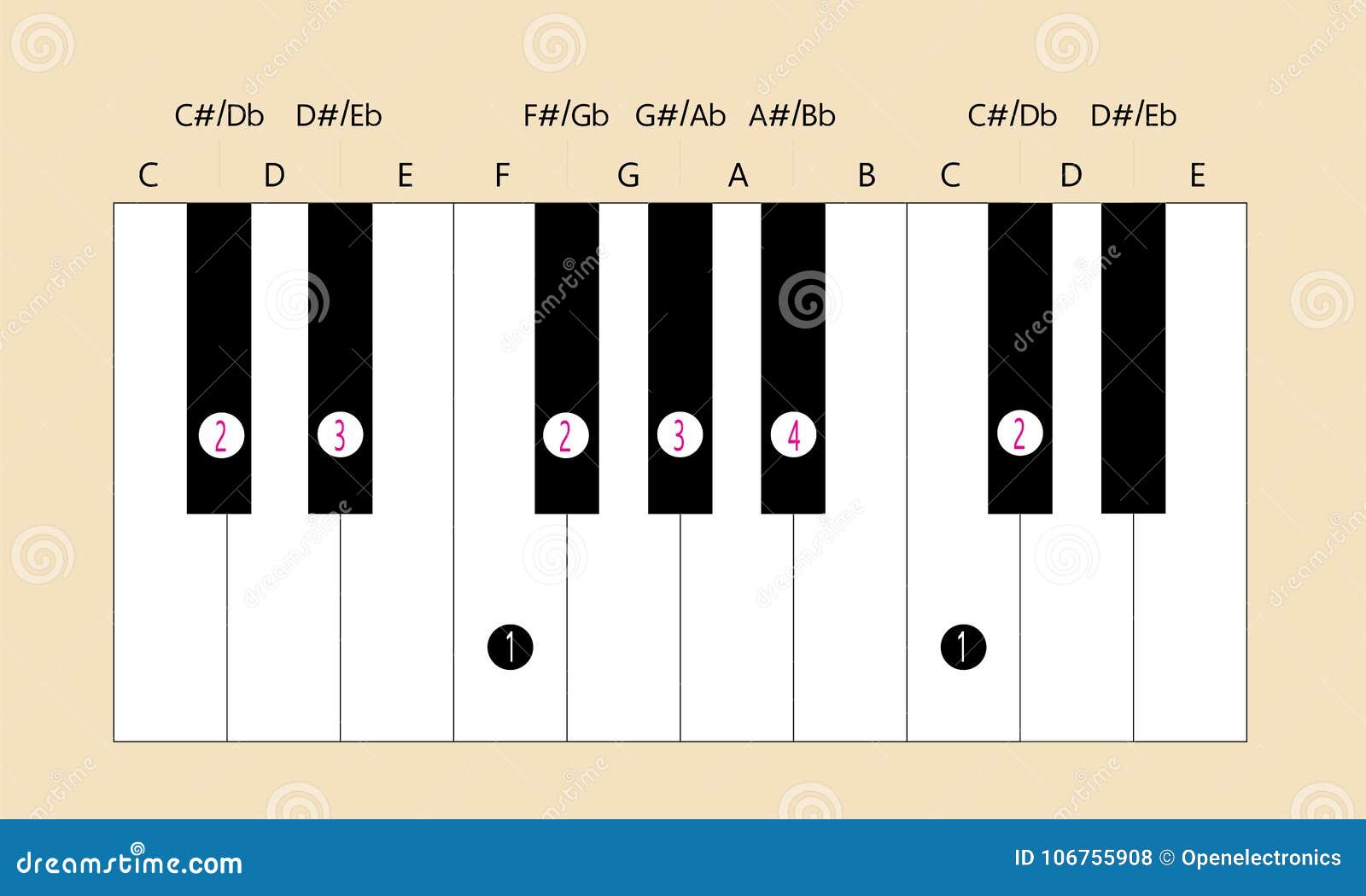

This is illustrated in the following diagram. Because of its symmetrical construction, any other starting note will duplicate one of these two scales. If this is your very first encounter with the whole tone scale, you may be surprised to learn that there are only two unique whole tone scales-one that begins on C and another beginning on D♭. Since the interval between each note of the whole tone scale is exactly the same, it is considered a symmetrical scale. What is a whole tone scale?Ī whole tone scale contains six notes and is made up entirely of whole-steps. We’ll begin today’s lesson by looking at a definition of the whole tone scale. You’ll also learn 4 ways to apply the whole tone scale on the piano for whenever you desire its unique sound. 4 Amazing Piano Applications of the Whole Tone ScaleĪfter today’s lesson, you will be able to immediately recognize the sound of the whole tone scale in any context.Classical Music and The Whole Tone Scale.Characteristics of the Whole Tone Scale.In today’s piano lesson, we will explore the unique musical sound of the whole tone scale for the sake of the sound itself. Therefore, each sound of the jazz language is collected, dissected, digested and codified for later use. That’s because jazz piano students are actually studying the jazz language itself, which is then applied on piano. On the other hand, jazz piano students often take lessons from horn players, guitarists and bass players. In fact, it is rare for classical piano students to take lessons with a teacher who plays a different instrument. A classical piano student is a student of the piano by means of the canon of classical repertoire. Instead, it actually comes down to what it is we consider ourselves to be studying. The difference between the study of classical piano and jazz piano extends well beyond the repertoire.


 0 kommentar(er)
0 kommentar(er)
